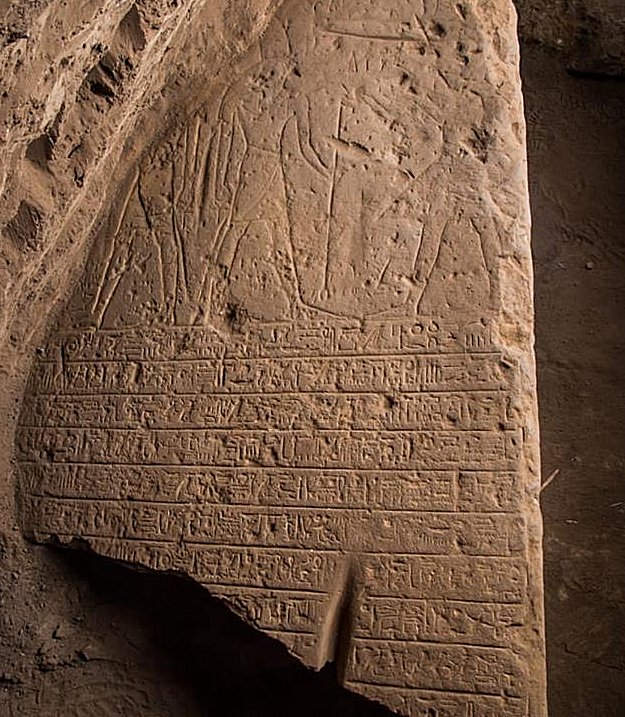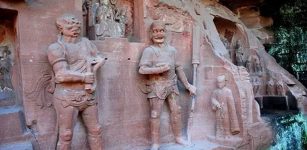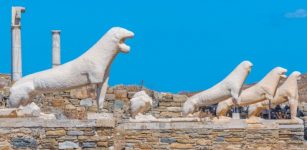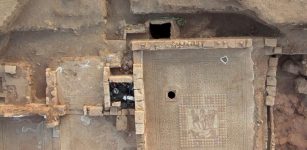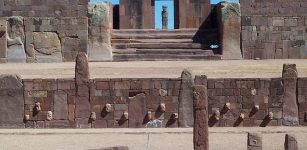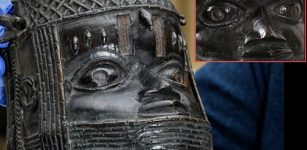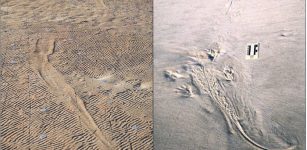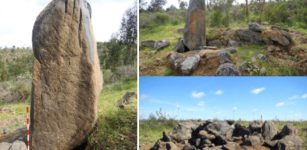Ancient Paintings Discovered At Kom Ombo Temple At Aswan, Egypt
AncientPages.com - Two ancient paintings made of sandstone have been discovered by an Egyptian archaeological mission working on reducing the groundwater level at Aswan’s Kom Ombo Temple.
One of the paintings belongs to the second king of the 19th dynasty King Seti I while the other belongs to King Ptolemy IV, reports Egypt Today.
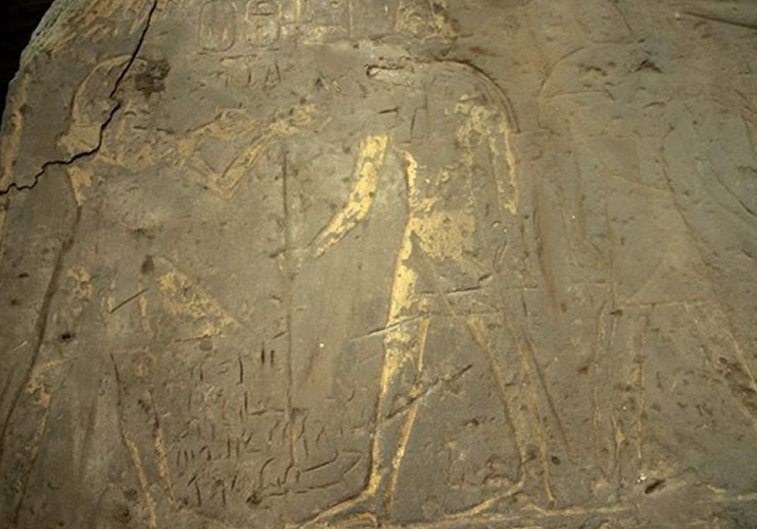
An Egyptian archaeological mission working at the Kom Ombo Temple in Aswan discovered on Sunday two ancient paintings made up of sandstone - Ministry of Antiquities
The head of the Supreme council of Antiquities Mostafa Waziri explained that the first painting is 2.30 m in height and 1 m wide, with a thickness of 30 cm.
It was found broken, divided into two parts but its inscriptions and writings were in good condition.
The second painting was found broken into several parts, with a height of 3.25 m, width of 1.15 m and 30 cm in thickness. It was renovated by the restoration team at the Ministry of Antiquities.
The first painting depicts King Seti I standing in front of the great god Horus and the goddess Sobek; this scene is topped with a winged sun as a symbol of protection.
Below this scene is a text that consists of 26 lines written with a hieroglyphic language, in which the name of King Horemheb is mentioned several times.
Regarding the painting of King Ptolemy IV it showed the king standing, holding a stick’s end is in the form of Horus while behind him stands his wife Arsinoe III, in front him the triad of the temple, and above them the winged sun, and below a text written with hieroglyphic that consists of 28 lines.
A sphinx statue made up of sandstone was discovered in Aswan on September 16 by the Egyptian archaeological mission working on the project to reduce the groundwater level at the Kom Ombo Temple.
Waziri previously announced that the discovered sphinx most probably dates back to the Ptolemaic era and that it was found in the southeastern side of KomOmbo, in the area between the temple’s outer wall and the archaeological hill.
AncientPages.com


